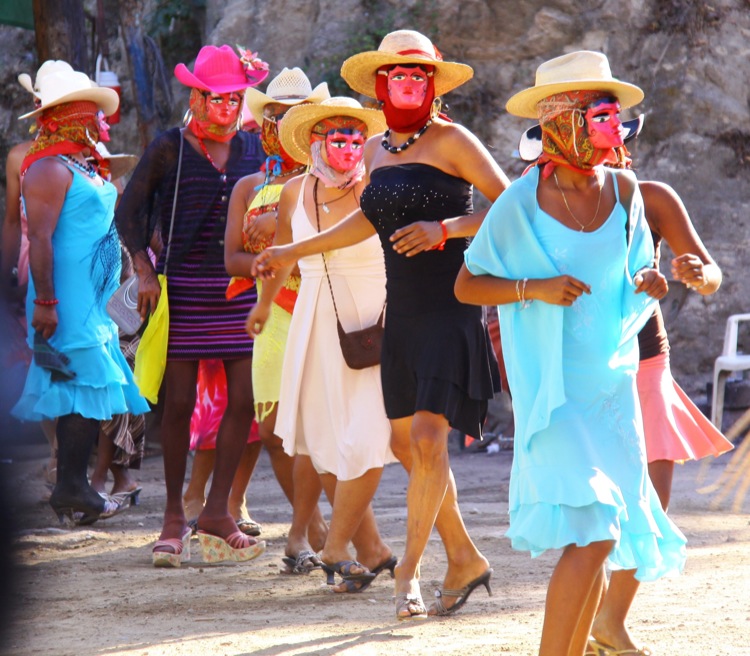Moto Mundo Maya in Mexico, Part I

"I have found out there ain't no surer way to find out whether you like people or hate them than to travel with them." Tom Sawyer Abroad by Mark Twain
What involves three motorcycles and riders, four time zones and seven countries? Why Moto Mundo Maya of course! Loosely translated it's World of the Mayan by Motorcycle. We intended to explore some of the areas the Mayan civilization occupied, including southeastern Mexico, Guatemala, and Honduras. Starting out near Los Angeles, we planned to reach the Panama Canal in 15 days, ship the bikes back, and fly home.
The idea for this journey arose when my sister invited me to come see her new beach house in Panama. On a past visit to Belize, I had become fascinated by the Mayan culture, which is widely dispersed through Central America, and I decided to undertake a motorcycle trip that encompassed both. Put into perspective, this trip (in total) of 4,750 miles is farther than a ride from Juneau, Alaska to Key West, Florida.

The three protagonists, or "Crazy Gringos," in this saga are off-road racer extraordinaire Jeff Fredette, Alfonse "Fonzie" Palaima, and yours truly, Ken Freund. Jeff, a Motorcycle Hall-of-Famer who's finished the International Six-Day Enduros 28 times, with 10 gold medals, 17 silvers, and 1 bronze, brought his mechanical prowess and riding talent to the party. Fonzie brought his zest for adventure, his humor, and excellent photography skills. And, well, I was allowed to go only because I dreamed up this whole crazy scheme and was the only one who spoke a little Spanish!
Our inspiration for choosing motorcycles for the trip evolved from my test of the new Kawasaki KLR650, which appeared in the April 2009 issue. We all chose this versatile and highly capable bike because it can withstand highway speeds all day long, yet will also tackle dirt roads, washboard surfaces, and everything in between with aplomb.

We brought basic camping gear in case it was needed in a pinch, but we planned on staying in hotels along the way, which are relatively inexpensive south of the border. Each bike carried enough food and water for two days, plus essential tools, spare parts, and tubes.
